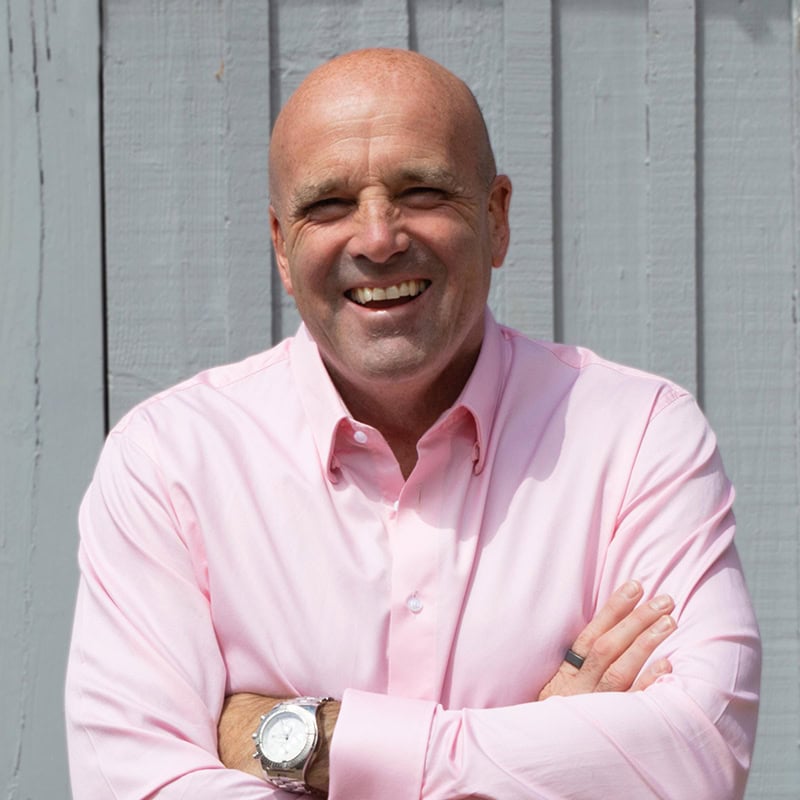Businesses are changing. Fact. Gone are the days of predictability, forecasting and long-term planning. In an increasingly uncertain world, businesses who are agile, fast-moving and responsive are gaining traction, leaving traditional models for dust.
I’ve been reading Frederick Laloux’s influential book ‘Reinventing Organisations’ in the past few weeks. It’s all about the evolution of businesses from what he describes as ‘machines’ to ‘living organisms’. He says people have become suffocated by the status quo. Their lack of purpose and meaning has led them to search for new ways of doing things.
The resulting cultural transformation has revolutionised the experience of work and led to organisations that ‘sense and respond’ to events, rather than trying to control them. By thinking differently, relating differently and responding differently, they’ve evolved into businesses that are better equipped to fulfil their purpose. Whatever that purpose might be.
Many of the businesses I work with are evolving. It’s my job to help them up the evolutionary ladder and I’m fascinated by organisations who are at the edge of change. If I can help them transform their culture and outlook, the rewards can be huge. This is what gets me out of bed every morning!
But how do you know if you’re evolving and growing? What are the hallmarks of a highly evolved organisation?
Your teams are small and effective
More evolved businesses understand that there’s an optimum size for effective teams. This is rooted in human history – a form of ancient programming where great things were achieved by tribes or bands of ten to fifteen people, working together with a common aim. Any larger than this and it’s easy to hide, sit back and assume someone else will do the work.
Everyone is powerful
There’s a move towards self-management, where no-one holds power over anyone else. Take the traditional pyramid of management away and you enable all team members to feel responsibility and buy-in. A lot of the ego-related ‘stuff’ gets drained out of the room as people know they are valued and they have equal power. Their voice is heard and this takes away all the usual negative politics, game-playing and other toxic behaviours that are common in traditional organisations.
Natural hierarchies emerge – on certain issues, some team members will have more knowledge and they can then take the lead. Everyone is at the top of their game and people blossom. They compete to be helpful, to be visible and to be contributing.
Your employees want to come to work
One of the first things I look for when I start working with clients is how teams behave when their manager’s out of the room. If they behave differently, e.g. they’re less guarded, they speak more freely or they’re more open, then the culture’s wrong.
It’s a cliché, but happy staff lead to greater productivity. I’m convinced this is why the UK is in its current state, with productivity levels at an all-time low. In some, more traditional businesses, employees only come to work for the money. They don’t want to be at work and, if they aren’t closely managed, they’ll do the bare minimum.
Countless surveys have shown that it’s common these days for people to be completely disengaged at work. They feel their jobs are meaningless and there’s huge disillusionment. The traditional drive towards constant innovation and wanting more, more, more has become hollow. People want to feel a sense of higher purpose, of shared values and meaning in their working existence. They want to make their lives count for something.
Businesses need to do more to create environments where staff genuinely feel like they are being seen and valued. Personal growth and shared purpose are at the very heart of this. A great culture happens when people know they’re doing the right thing. Staff spend their energy on the things that make a difference. They have clear objectives, values and behaviour.
Your managers have become coaches
To evolve into ‘self-managing’ organisations, businesses need to transform their managers into coaches. If you questioned people about their experiences at work, the vast majority would say they don’t like being managed. No-one likes being told what to do all the time. When people are allowed to make their own decisions, they’re more likely to feel motivated. Instead of dictating, managers need to listen, observe, understand and support. In my opinion, engaged employees don’t need managers.
A great example of this is Google. Their managers are no longer responsible for hiring, firing, pay rises or promotions. The company devised a separate structure that takes care of this. Instead, they want their managers to spend more time on coaching across a much broader span of control. The focus is on sharing leadership, clearing roadblocks and inspiring their teams to succeed.
Your business is agile and responsive
A case study in Laloux’s book is a brilliant example. He describes the evolution of Buurtzog, a nursing organisation in Holland. The guy who ran it, Jos de Blok, had a sense of how nursing could be done differently. By setting up self-organised teams who plan and track their own work, he built a successful company of over 9000 employees that have revolutionised the healthcare system in Holland.
When some of his teams suggested that the company should focus on prevention as well as care, de Blok was able to move quickly by asking them to share their approach. This was then adopted by many of the other teams and the company morphed into a new version of itself without all the usual bottlenecks associated with older style business transformation.
——–
The reality that I see from the work I do is that the future is here, but it’s unevenly distributed. Some organisations are open to change and embrace it fully. They move higher up the evolutionary ladder because there’s a real appetite to adapt and grow. Others are more traditional but have begun to evolve in some areas and want to broaden this out to the whole organisation.
It’s my job to help businesses find the intrinsic motivation that will inspire their staff. I see it as a great privilege to help create good places to work. Ultimately, the positive effects of this will impact on so many things – families, communities, friendships, the local economy. This is what motivates me and gives me purpose. The rewards for my clients can be huge – a motivated workforce can unlock an additional 40% of discretionary effort. And it can be a whole lot of fun making it happen!
Written by expert business coach Dom Monkhouse — founder of Monkhouse & Company. Find out more about his work here.
To listen to an interview with Frederick Laloux, click here.

